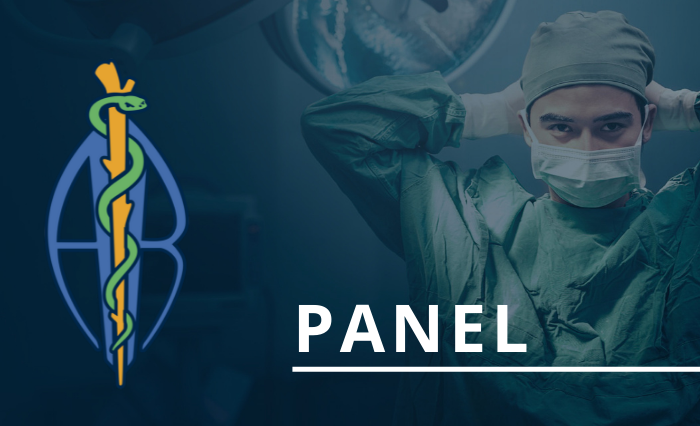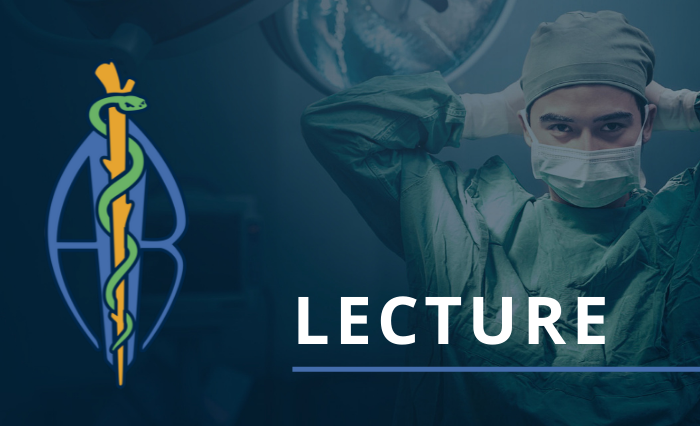Curious George Goes to The Podium
Christine Siebert2024-03-18T04:28:35-05:00Nose Cone vs Intubated Ventilation During Open Chest Surgery in Rats – Nina Krutrök, AstraZeneca The aim of this study was to investigate if nose cone ventilation is comparable to endotracheal intubation. The latter is the most common approach for air delivery to rats undergoing open chest surgery for cardiovascular research during for example induction of myocardial infarction or epicardial injections. This method of air delivery is technically challenging leading to prolonged procedures and increased risk of endotracheal complications such as laryngeal damage and laryngeal edema, oral pharyngeal and/or tracheal laceration due to multiple intubation attempts. Nose cone ventilation is a [...]



